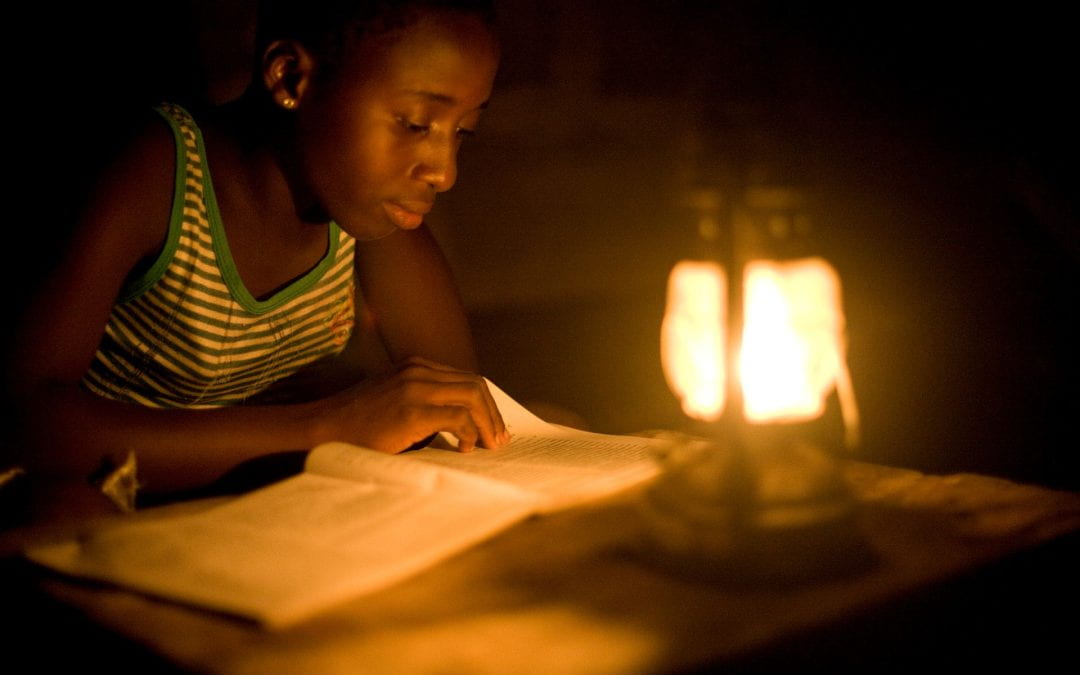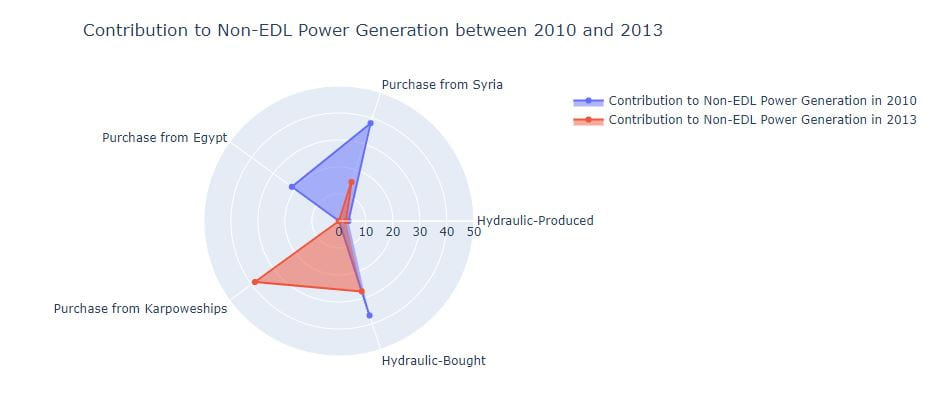
Electricity Access – Africa
The issue of electricity access, particularly in Africa, is directly related to the United Nations’ Sustainable Development Goal 7 (SDG 7), which aims to ensure access to affordable, reliable, sustainable, and modern energy for all by 2030. SDG 7 is an integral part of the global development agenda, emphasizing the importance of energy in achieving several other sustainable development goals.
Let’s list the issues of electricity access in Africa with some details:
– Access to Electricity (Energy Poverty): SDG 7 aims to provide electricity for all, but many in Africa still lack modern energy services. Enhancing electricity access is essential to reduce energy poverty, improve livelihoods, and drive socio-economic development.
– Promotion of Renewable Energy: SDG 7 promotes renewable energy, and many African nations are turning to solar, wind, hydro, and geothermal power. These sustainable alternatives to fossil fuels provide clean energy and expand electricity access.
– Efficiency and Infrastructure Development: SDG 7 calls for better energy efficiency and infrastructure in Africa. Modernizing energy infrastructure and overcoming transmission and distribution challenges are vital to expand electricity access.
– Addressing Energy Inequality: SDG 7 seeks to bridge the energy gap, ensuring marginalized and rural communities have equal access to energy services. In Africa, rural populations often lack basic electricity, making energy poverty a pressing issue. Targeting these communities is essential to achieving SDG 7.
– Sustainable Economic Growth: Electricity fuels economic growth by enabling businesses, industries, healthcare, education, and overall productivity. Achieving SDG 7 in Africa can drive sustainable economic prosperity across the continent.
– Partnerships and Investments: SDG 7 highlights the need for partnerships, collaborations, and investments in the energy sector. African countries require significant domestic and international investments, as well as partnerships between governments, private entities, and international organizations, to achieve SDG 7 and improve energy access and infrastructure.
In summary, tackling energy access challenges in Africa aligns with SDG 7’s goals and indicators. Access to reliable, affordable, and sustainable energy is crucial for Africa’s development and achieving other Sustainable Development Goals.

